In actual production, chip processing and transportation are important issues that need to be solved. The main factor affecting the processing and transportation of chips is the shape of the chips. Therefore, the chips need to be classified according to their macroscopic shape.
Depending on the workpiece material, tool geometry parameters and cutting amount, the shape of the chips generated will also be different. From the perspective of cutting processing, the shapes of chips generally include ribbon chips, C-shaped chips, chipping chips, spiral chips, long tight chips, spring-shaped chips, pagoda chips and random chips.
| Chip Shapes | Shape Picture | Forming conditions | Shape characteristics | Impact on machining process |
| ribbon chips | 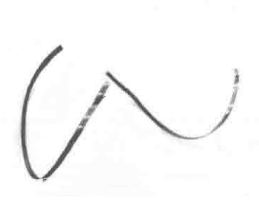 |
When cutting plastic metal materials at high speed, if appropriate chip breaking measures are not taken, strip-shaped chips are easily formed. | Ribbon-shaped chips are continuous and often wrap around the workpiece or tool. | It may strain the surface of the workpiece or break the cutting edge, and may even injure people. Therefore, usually try to avoid the formation of ribbon chips |
| C-shaped chips | 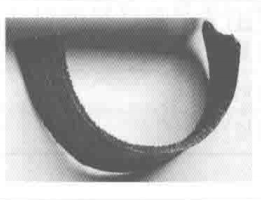 |
When turning ordinary carbon steel and alloy steel workpieces, use turning tools with chip turning grooves. When the parameters are reasonable, C-shaped chips are easily formed. | The shape is similar to "C-shaped". C-shaped chips will not wrap around the workpiece or tool. The length is moderate and not easy to hurt people. It is a better chip shape. | Most C-shaped chips are broken when they collide with the flank face of the turning tool or the surface of the workpiece. The high-frequency collision and breakage of chips will affect the stability of the cutting process and have a certain impact on the surface roughness. Precision turning to avoid this chip shape |
| Crushed chips | 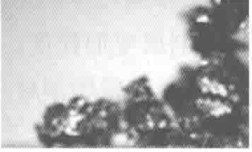 |
Such chips are easily formed when turning brittle materials such as cast iron and brittle brass. | Chips break into needles or fragments | Easy to splash, may hurt people, and easily damage machine tool sliding surfaces, such as machine tool guide mechanisms |
| spiral chips | 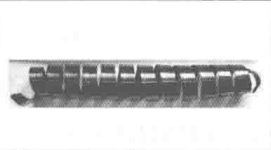 |
This chip shape can be obtained when the depth, width and angle of the tool chip breaker are appropriate. | It is spirally curled with gaps and flows out in a straight direction, making it easy to clean. | It is hoped that chips of this shape will be formed during finishing turning. |
| Long tight curling | 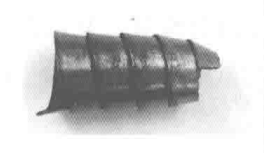 |
When it is required to form long and tight chip curls, the geometric parameters and cutting amount of the tool must be strictly controlled. | It is spirally curled without gaps and flows out in a straight direction, making it easy to clean. | The formation process of long and tight curling chips is relatively smooth and easy to clean. It is a better chip shape on horizontal lathes |
| Clockwork crumbs | 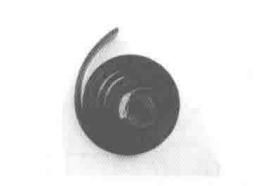 |
When turning steel parts on a heavy-duty lathe with a large cutting capacity and large feed, increase the radius of the arc at the bottom of the chip groove to curl the chips into a clockwork shape. | The shape is like a "spring", which breaks on the processing surface of the workpiece and falls by its own weight. | The cutting edge needs to be protected from damage and the operator is safe |
| Pagoda shaped crumbs | 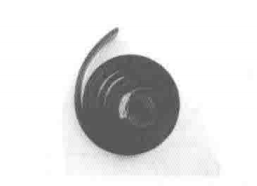 |
This chip shape can be obtained when the parameters such as depth, width and angle of the tool chip breaker are appropriate. | The shape is similar to a "pagoda" shape and is easy to clean. | It will not wrap around the workpiece or tool, and it is easier to clean. It has a better chip shape. Suitable for cutting on automatic machine tools or automatic lines |
| chaos crumbs | 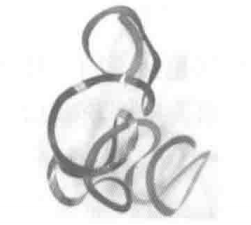 |
When the cutting speed increases, the machining allowance is small, and the chip breaker does not work, the chip breaking is not good and tends to mess up the chips. | Irregular shape, the chips are stretched and not rolled | Often wrapped around workpieces, cutting tools or machine tools, causing processing difficulties and easily scratching tools and workpieces. |
It can be seen from the table that the specific conditions of cutting processing are different, and the shape of the chips required is also changed. It is meaningless to evaluate the quality of a certain chip shape in isolation without specific conditions.


